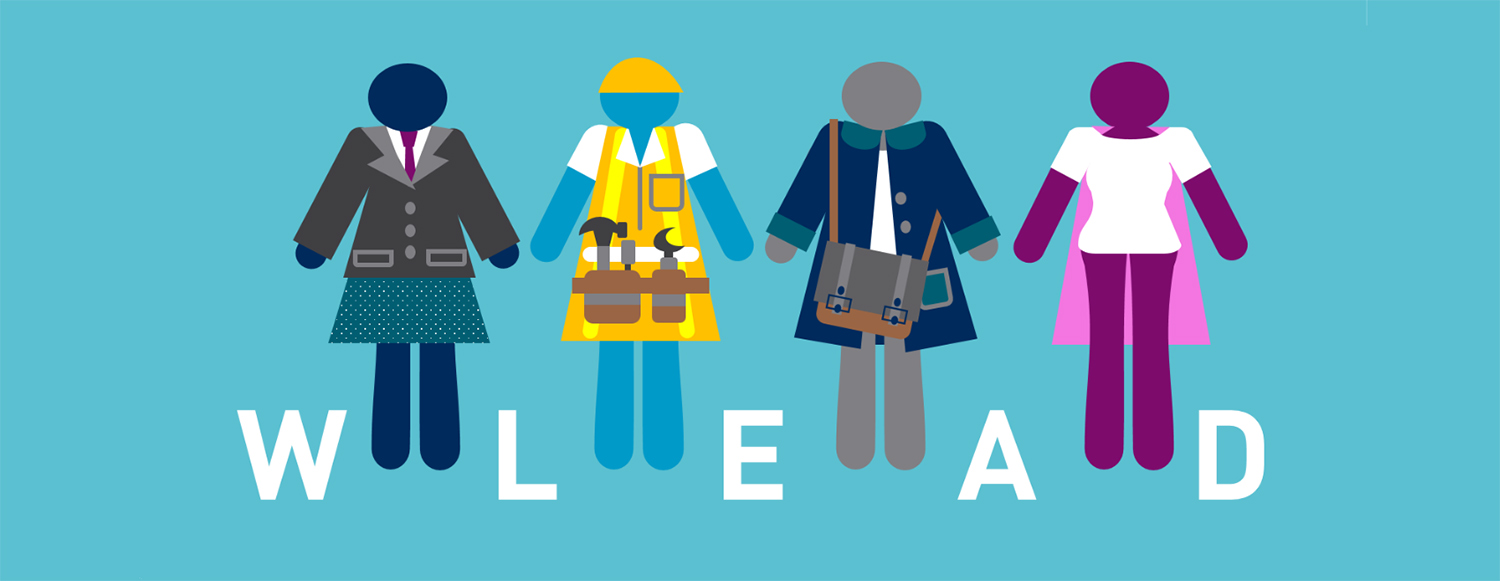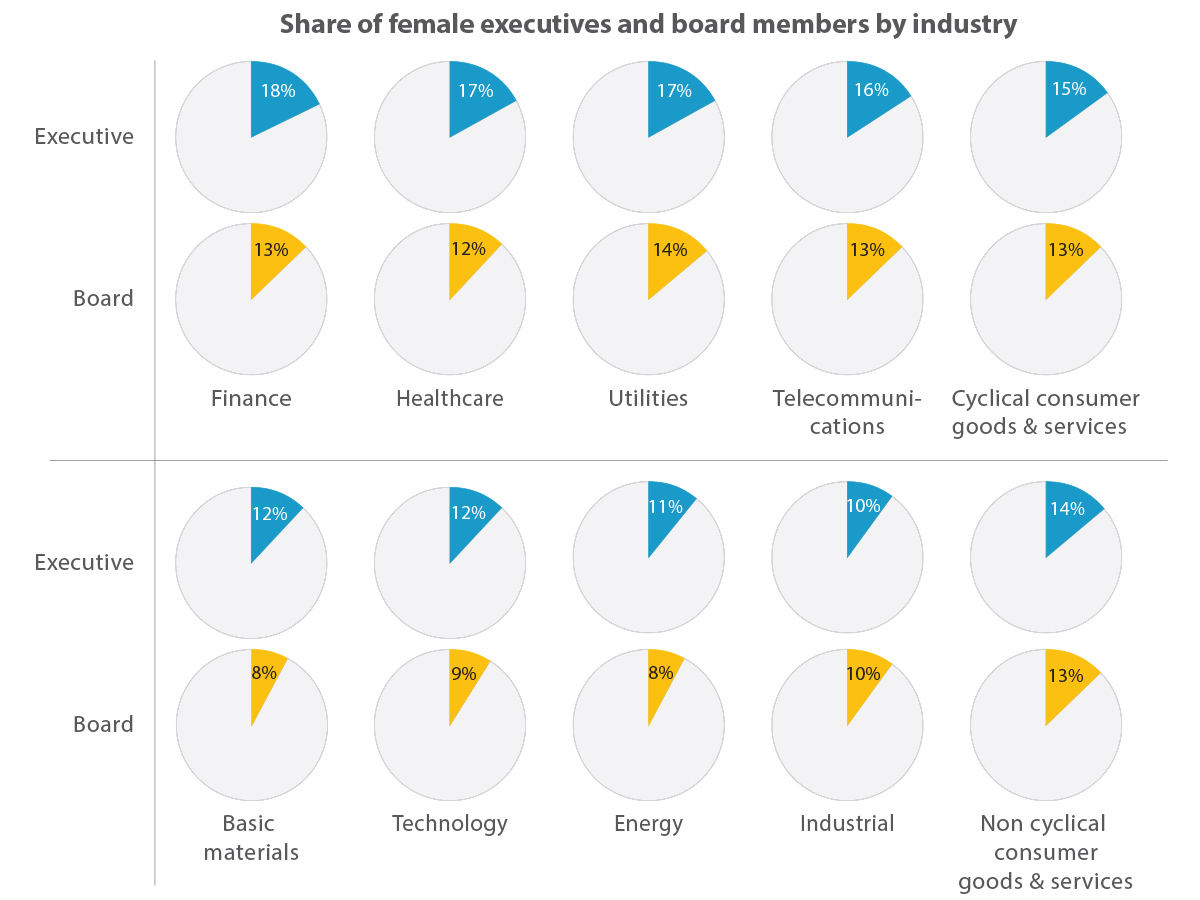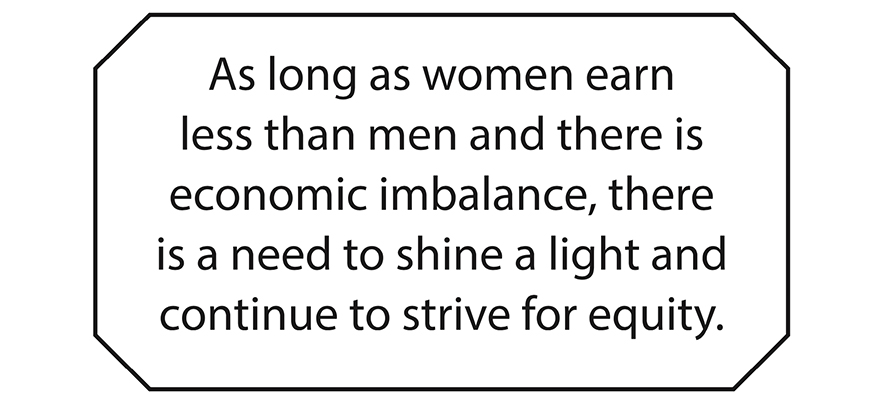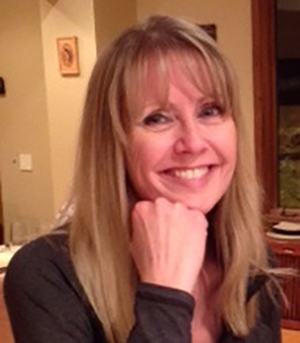
Challenge, Develop and Include for Positive Change
By Kathleen Redmond
In 2015, our CEO, Anand Vadapalli, gathered a group of 11 female leaders at Alaska Communications. He explained that he wanted to promote a new group, one that would put the concerns of women in the business community at the forefront. He challenged us to undertake the daunting task of pioneering a group of women that would delve into the work aspects of women’s lives, and how we could improve those lives at Alaska Communications.
To provide background on why Vadapalli chose to form the group, we need not look further than the 2010 Alaska Census to realize that the landscape in Alaska has changed since the 70s and 80s. The ratio of women to men increased so much that it was almost at the 50/50 mark in 2010 across the board in all working age demographics.
In addition to the Alaska numbers, when looking at numbers from particular industries you will see that telecommunications averages 16 percent women at the executive level and 13 percent at the board level. At the offset of the team, we at Alaska Communications were higher than the industry average, with 33 percent at the executive level.
Nevertheless, in a major study by the McKinsey Group and Lean In that surveyed 30,000 people from 100 different companies, it became clear that there is still an uneven playing field. This is not because women are quitting their jobs to raise families or because they lack ambition. Attrition is also not the issue. Women are just as likely, or more likely, to stay with their organization than men. Yet women are 85 percent less likely to climb the corporate ladder, and the numbers have gotten worse in recent years.
State of Alaska – 2010 Census
Total Population
Alaska – 710,231
Male – 369,628
Female – 340,603
%Male – 52%
%Female – 48%
Total 20 to 24 years
Alaska – 54,419
Male – 29,706
Female – 24,713
%Male – 55%
%Female – 45%
Total 25 to 29 years
Alaska – 55,419
Male – 29,307
Female – 26,112
%Male – 53%
%Female – 47%
Total 30 to 34 years
Alaska – 47,706
Male – 24,861
Female – 22,845
%Male – 52%
%Female – 48%
Total 35 to 39 years
Alaska – 45,833
Male – 23,731
Female – 22,102
%Male – 52%
%Female – 48%
Total 40 to 44 years
Alaska – 47,141
Male – 24,646
Female – 22,495
%Male – 52%
%Female – 48%
Total 45 to 49 years
Alaska – 54,726
Male – 28,398
Female – 26,328
%Male – 52%
%Female – 48%
Total 50 to 54 years
Alaska – 56,300
Male – 29,288
Female – 27,012
%Male – 52%
%Female – 48%
Total 55 to 59 years
Alaska – 49,971
Male – 26,394
Female – 23,577
%Male – 53%
%Female – 47%
Total 60 to 64 years
Alaska – 35,938
Male – 19,231
Female – 16,707
%Male – 54%
%Female – 46%
Total 65 to 69 years
Alaska – 22,202
Male – 11,714
Female – 10,488
%Male – 53%
%Female – 47%
Total 70 to 74 years
Alaska – 13,148
Male – 6,662
Female – 6,486
%Male – 51%
%Female – 49%
It has been proven that diversity improves the corporate bottom line, according to a new study by the Peterson Institute for International Economics and Earnest & Young. The data was clear: an increase in the share of women from zero to 30 percent would be associated with a 15 percent rise in profitability. And yet despite the apparent economic benefits, many corporations are lacking in gender diversity. A Pew Research Center survey from 2014 indicated that Americans see women as being qualified; however, four in 10 survey respondents attributed the gender gap to women having to do more to prove themselves than their male counterparts.
Both the McKinsey study and the Peterson Institute study agree that changes need to be made to achieve parity. Some of those alterations must be on the home front. Allowing the burden of childcare to rest more evenly through modifications in paternity leave allows women to ease back into work, maintaining their careers in a relatively undisruptive manner. With a holistic look at other changes that may be necessary, we should see more women making it to the very top.

So, what are the changes we are making at Alaska Communications?
We used our first meetings to clarify our goals. We sought others in our field who have gone before us and found the Lean In organization that was started by Sheryl Sandberg, Facebook COO. We found there are many women like us searching for the truth in how we view the world, and in how our coworkers, our industry, the business community and the world view us.
Our next step was to choose a name and determine our mission, our priorities and the initiatives we wanted to tackle in our first year. We chose the name “Women in Leadership, Empowerment, and Diversity” or WLEAD (We Lead) for short. Our mission was “To accelerate the advancement of women working at Alaska Communications.”
To provide visibility and transparency about what we wanted to achieve, we created an internal website to introduce the WLEAD team to the company and provide a calendar of events, articles to read and other updates.
WLEAD’S PRIORITIES
![]() Improve Alaska Communications’ ability to attract, develop, promote and retain women, particularly in technical fields
Improve Alaska Communications’ ability to attract, develop, promote and retain women, particularly in technical fields
![]() Understand and articulate the unique challenges facing women in the workplace
Understand and articulate the unique challenges facing women in the workplace
WLEAD’S PRIORITIES
![]() Implement training to help employees learn how to identify and counteract gender bias
Implement training to help employees learn how to identify and counteract gender bias
![]() Enhance women’s professional growth through mentorships, and by providing information on career coaching, career paths and role models
Enhance women’s professional growth through mentorships, and by providing information on career coaching, career paths and role models
![]() Cultivate company-wide leadership competencies that reflect Alaska Communications’ values
Cultivate company-wide leadership competencies that reflect Alaska Communications’ values
The Initiatives that we first embraced were simple and answered each of the priorities.
![]() Improve Alaska Communications’ ability to attract, develop, promote and retain women, particularly in technical fields.
Improve Alaska Communications’ ability to attract, develop, promote and retain women, particularly in technical fields.
Parking Spaces for expectant mothers, employees and customers at our facilities. This will assure those mothers that their input and work is valued, a message that is not always given and received in corporate America.
Privacy Wellness Rooms at our larger facilities allowing mothers to continue breast feeding. These rooms may also be used for those who require peace and quiet due to PTSD or other conditions.
A systematic review of our policies to ensure that they are inclusive and do not include language that may be unconsciously biased.
![]() Understand and articulate the unique challenges facing women in the workplace.
Understand and articulate the unique challenges facing women in the workplace.
We put into place a monthly series of Brown Bag Luncheons that have been successful and growing for the last three years. Some of these have included women from other companies who have achieved success, sharing how they did it, what they have learned through it, and what they would tell the rest of us and those now entering the business market. They have also included other business leaders, including speakers from the Anchorage Economic Development Corporation, which was a great draw for women and men alike, as equality in the workplace is an economic issue.

We believe that education on this issue will assist in articulating the challenges facing women. To assist in educating, we have put together a “Reading Room” on our website that holds articles of interest, for example:
- Can You Afford to Ignore Me – Elizabet Rodriguez Dennehy
- Play Like a Man, Win Like a Woman – Gail Evans
And a video area with some interesting videos:
- Ted Talk – What works for women at work – Joan C. Williams
- Ted Talk – Why do ambitious women have flat heads? – Dame Stephanie Shirley – (This is a very interesting Ted Talk from a woman that started an IT Firm in the 60s in England, and had to respond to other companies under the name Steve to be considered at all.)
![]() Implement training to help employees learn how to identify and counteract gender bias.
Implement training to help employees learn how to identify and counteract gender bias.
This has been difficult, as speakers who address this are hard to find and many people do not believe they have innate biases. To illustrate this clearly, one can watch the Henry Fonda movie, Twelve Angry Men.
Hand-in-hand with training: Enhance women’s professional growth through mentorships and by providing information on career coaching, career paths, and role models. A mentorship program was commenced with a pilot group of women who were matched with WLEAD members. HR assisted in this matching and the pilot ran for 6 months to provide us with a basis for moving forward with the whole WLEAD team mentoring women in the organization. We are now moving forward with additional mentoring positioning, as this has been a successful program.
All of these priorities led us to our final initiative:
![]() Cultivate company-wide leadership competencies that reflect Alaska Communications’ values.
Cultivate company-wide leadership competencies that reflect Alaska Communications’ values.
In putting together education, training and mentorship, we will cultivate these competencies that reflect our values of diversity and fair opportunity.
We continuously work with HR on metrics that will measure performance to know what is working and what we can improve. We track key metrics over time to assess program effectiveness. Which brings us to today.
WLEAD has been in existence for three years. We have ensured that the team will live on beyond its original founders by increasing the group to 15, and replacing five members each year to ensure consistency, while injecting new thoughts, energy and viewpoints. The group now even includes two young men, who provide yet another viewpoint to the group. The Chair is changed every two years, meaning I stepped down and the baton was passed to a new leader who has brought new life to the group, a different leadership style, and ensured continuity through 2019. The Brown Bag lunches continuously increase in size, and some members have been requested as speakers to other groups, which means we are making an impact outside of our organization as well as inside.
Have we achieved Vadapalli’s s original purpose, and that set by the original team? Not yet. But we are on our way to having some of our priorities addressed in a satisfactory manner. There is still work to do: As long as women earn less than men and there is economic imbalance, there is a need to shine a light and continue to strive for equity.
Alaska Communications is just a small example of what companies can do and have done. Many other companies across the globe continue to improve their economic equity. An article from CNBC reported that several well-known brand names have stepped up to the plate to close the pay gap: Starbucks, Adobe, Apple, Intel and Salesforce. Salesforce alone spent roughly $3 million to close that gap and will continue to spend additional moneys in companies that they have purchased to provide that equity. In addition, companies are changing the way they address work hours to better accommodate families and provide opportunity for all employees.
These are steps in the process. Women make up about half of the population of the world, yet only 11 out of 195 countries are run by women. Women hold just 20 percent of the seats in the US Congress, only six of 50 states have female governors, and a mere 12 percent of board seats worldwide are held by women. There is still work to be done.
Alaska Census, September 2018.McKinsey Group,
Women in the Workplace, 2017
Lean In, April, 2018
Starbucks has closed its pay gap in the United States,
Courtney Connley, @clasicalycourt, March, 2018

Kathleen Redmond is the Director of Sales and Service at Alaska Communications, responsible for the SLED/USAC Sales Team. She has been in the telecommunications field in Alaska for more than 25 years.
Redmond has a Bachelor of Science degree in Business Administration, Sales Marketing from the University of Montana, and an Executive Master’s degree in Information and Communication Technology from the Alaska Pacific University. She currently serves on the Board of Directors for the Boys & Girls Club, Alaska.
Kathleen Redmond
Director of Sales and Service
Alaska Communications